Turtles are docile animals that can make great and unique pets. However, they require specialized handling and certain conditions, so it’s important that you know what to do! In order to properly take care of your turtle, here are all the things you need to be aware of.
Lifespan
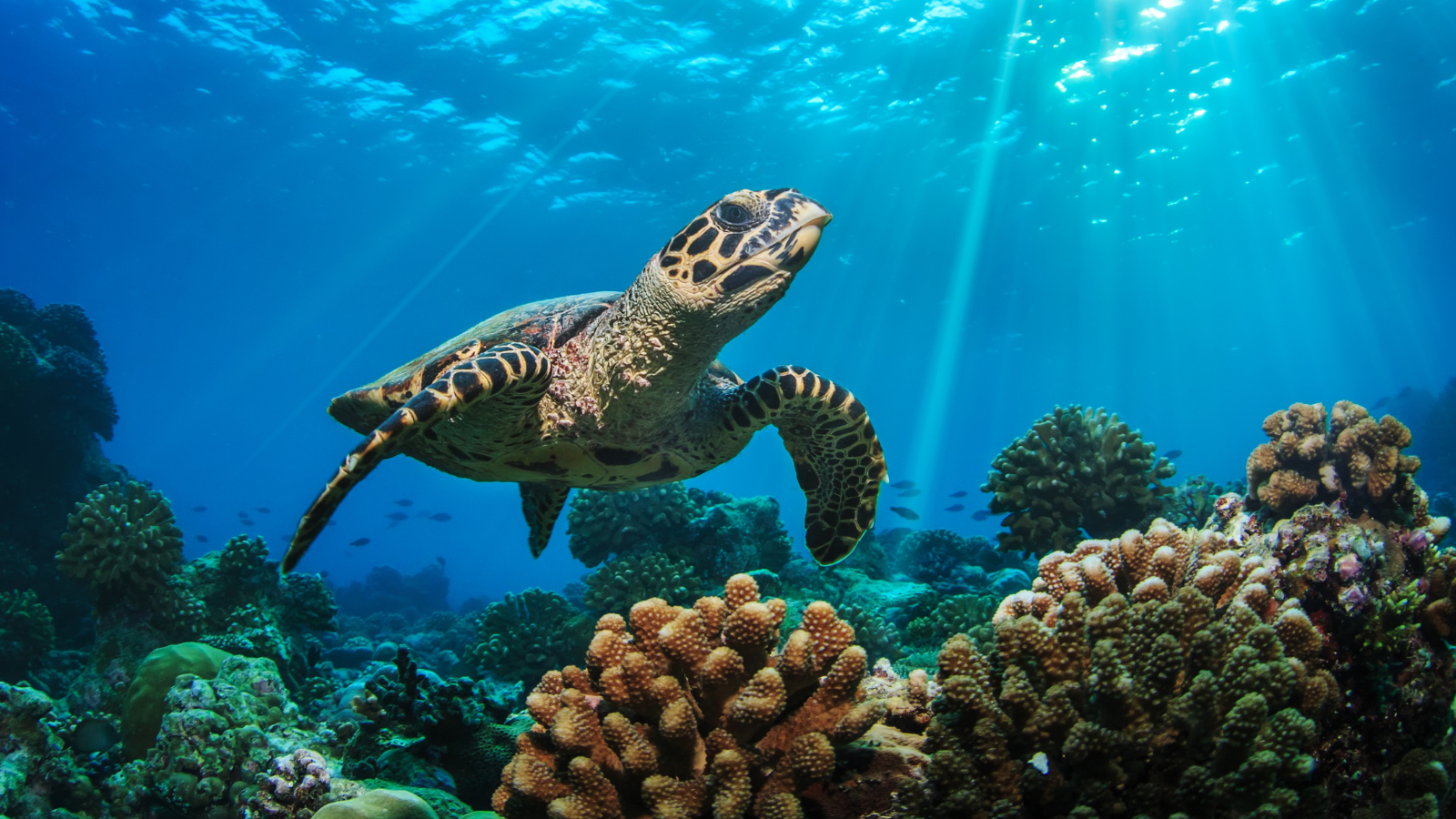
One of the first and most important things to know is that turtles are lifelong commitments. These marine animals live for an average of 20 to 30 years in captivity. Box turtles can sometimes live up to 50 years, and land turtles (tortoises) up to 150 years. You should consider whether you’ll be able to care for one far into the future.
Habitat Setup
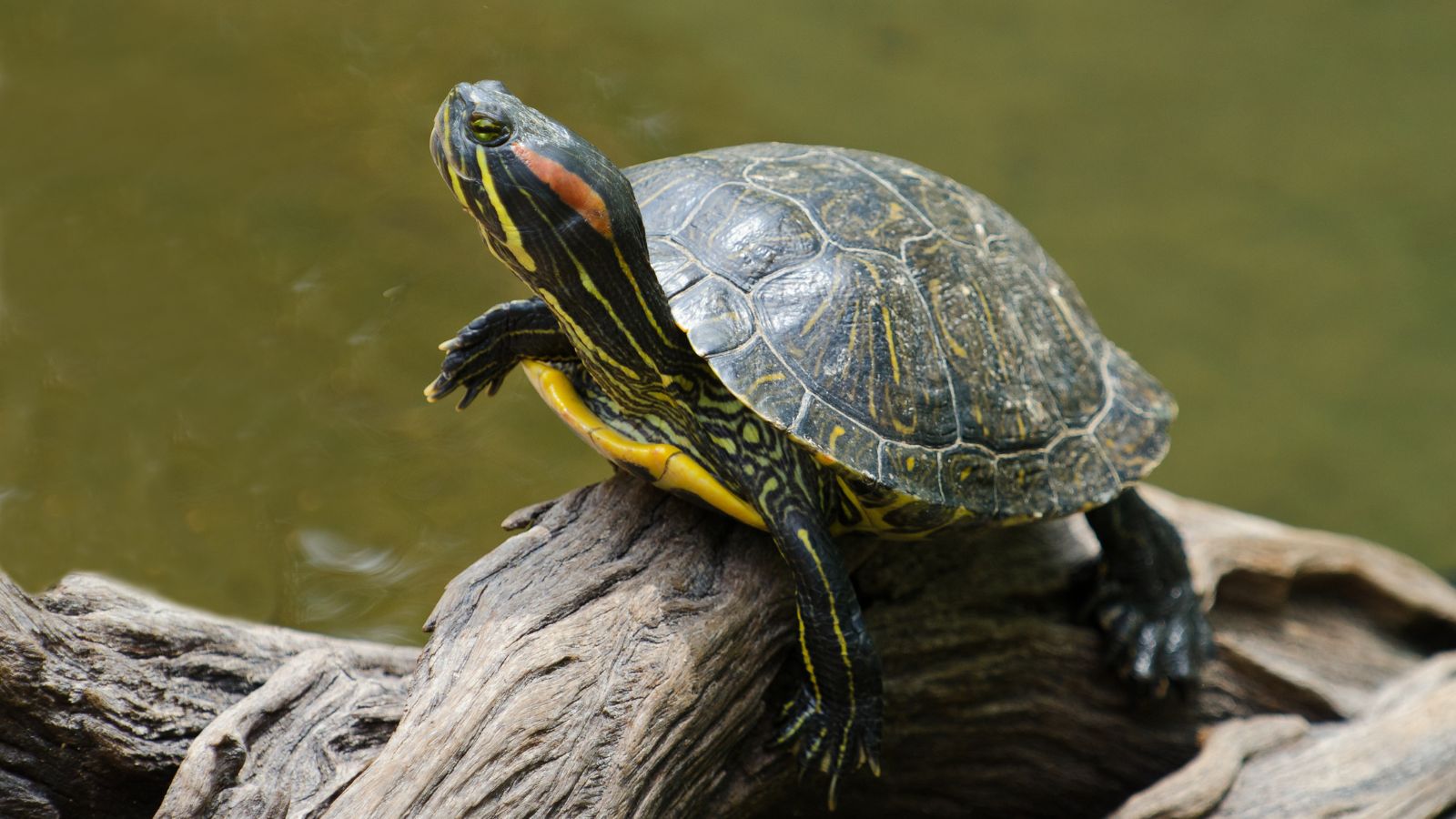
To keep your turtle happy, you’ll need to create a naturalistic habitat for it. This will be a habitat with appropriate substrates like sand, soil, and tree barks, as well as plants and a basking area. You’ll also provide hiding spots where your turtle can go to feel safe, particularly during sleep time.
Space Requirements
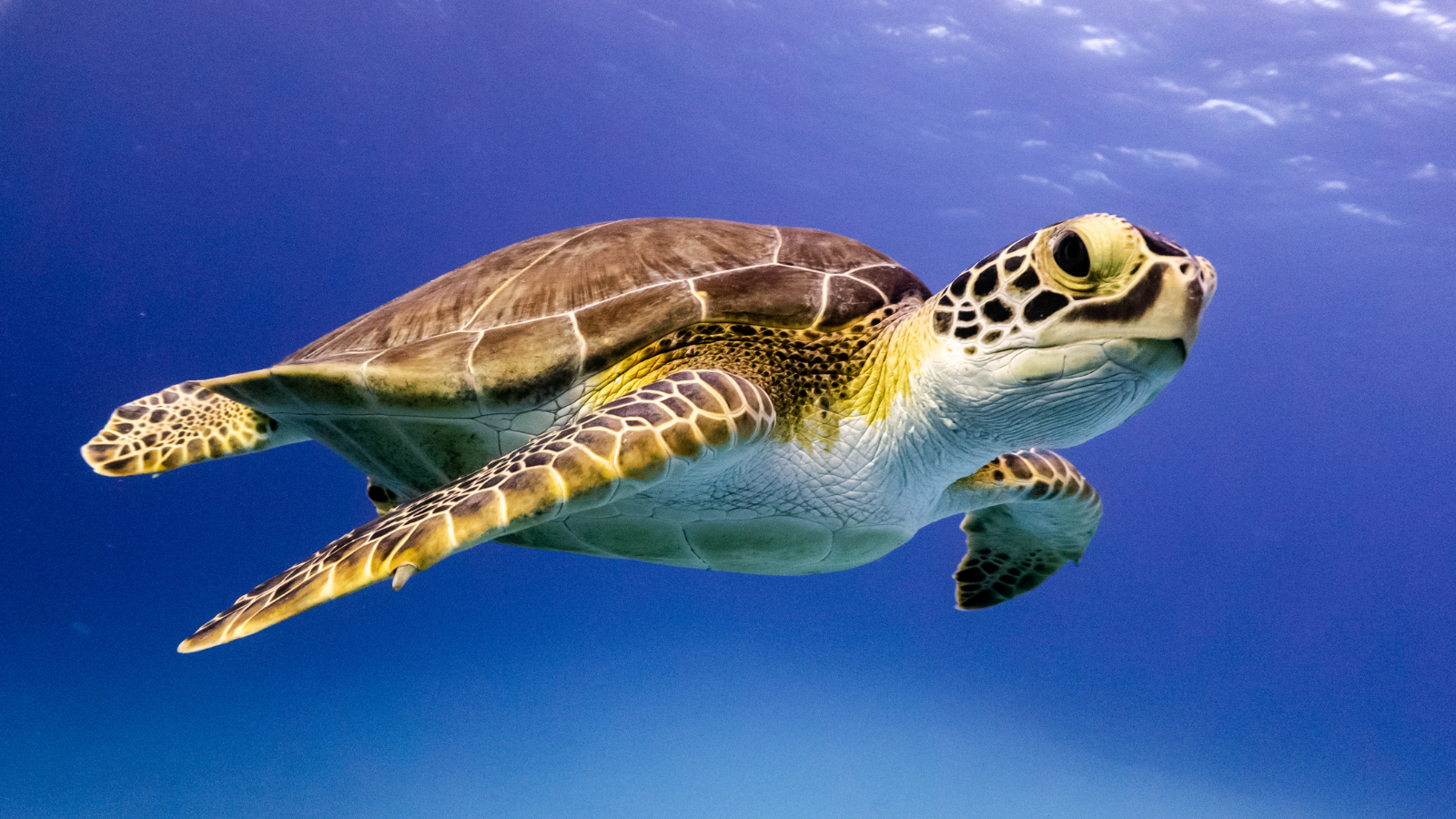
Turtles need enough space to roam about, and there are specific measurements that are optimal. Turtles require an average of 10 gallons of water per inch of shell, and with larger animals, you’ll need up to 120 gallons sometimes. As skilled climbers, the enclosure also has to be high enough to prevent your turtle from escaping.
Behavioral Understanding
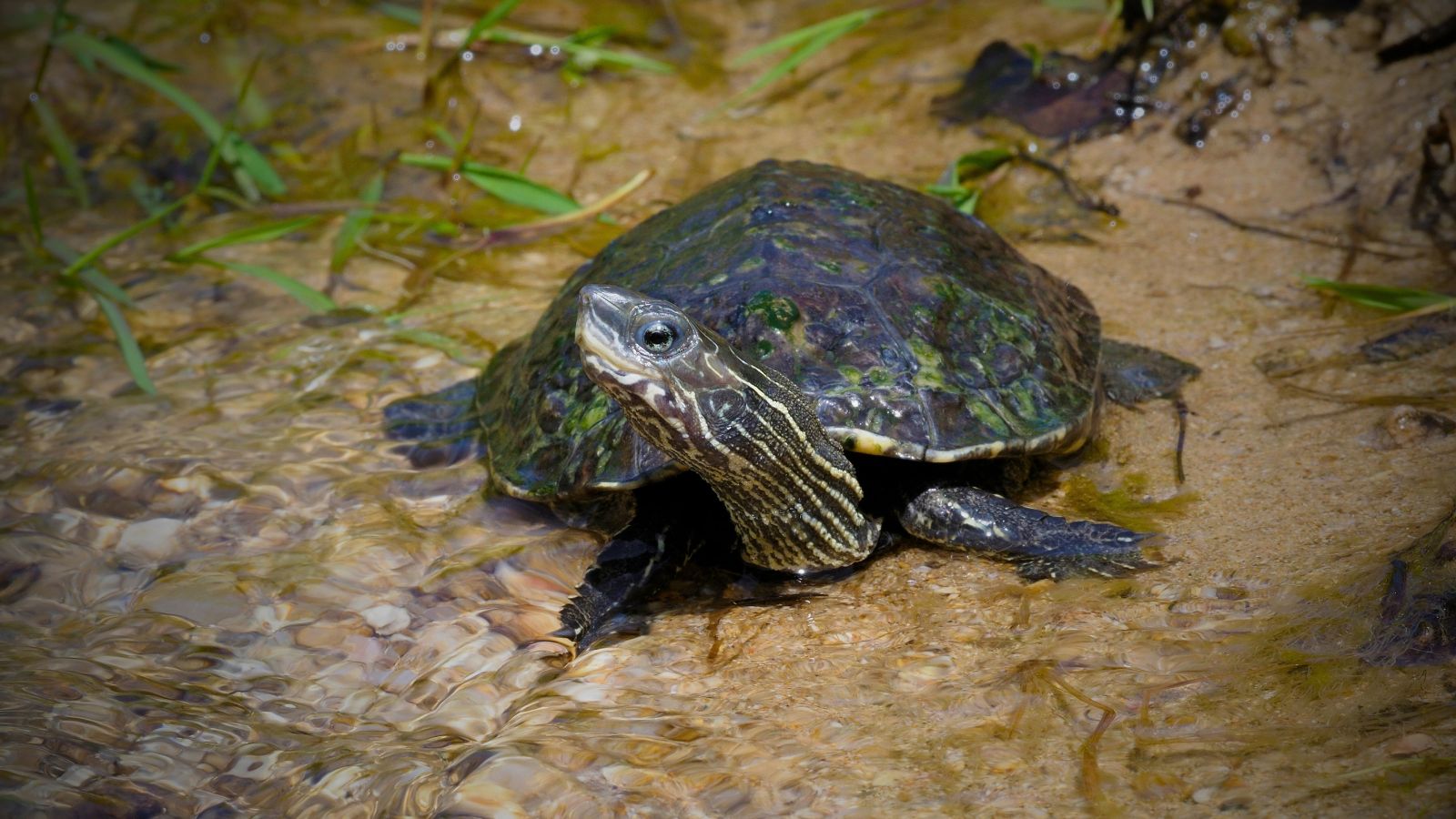
Turtles also display distinct behaviors. They burrow in the sand to reproduce, rest, reduce moisture loss, or protect themselves from predators. They bask to regulate their temperatures. They also become lethargic when hungry or dehydrated. Understanding these helps you recognize signs of stress or discomfort.
Diet and Nutrition
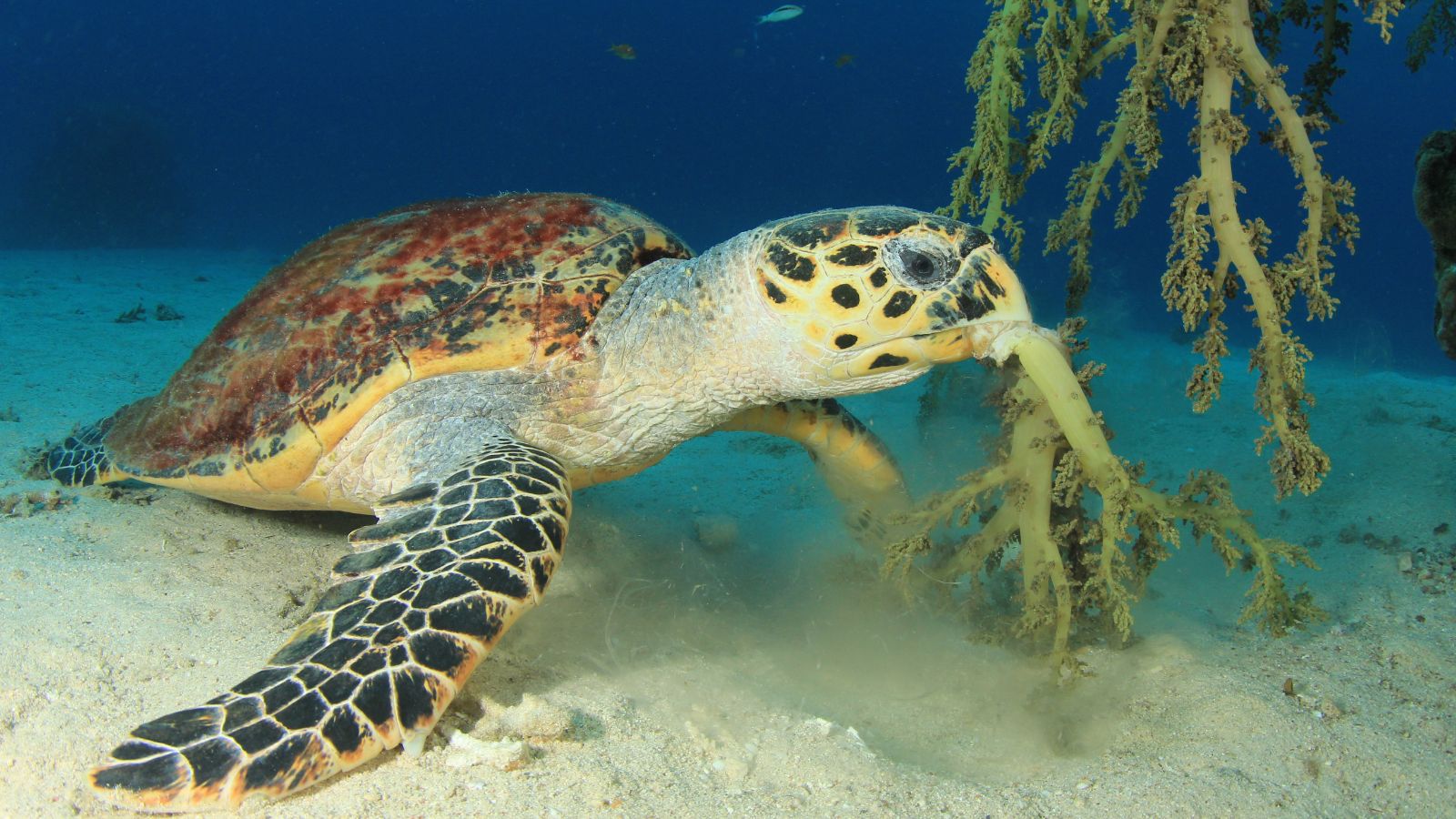
You should know that turtles are omnivorous animals; therefore, to provide a balanced diet, you’ll need to give them access to fruits, vegetables, and protein (from animals). Smaller turtles need more of their diet to be from animal-sourced foods. You can also provide calcium supplements to support shell growth and prevent deformities.
Common Health Issues
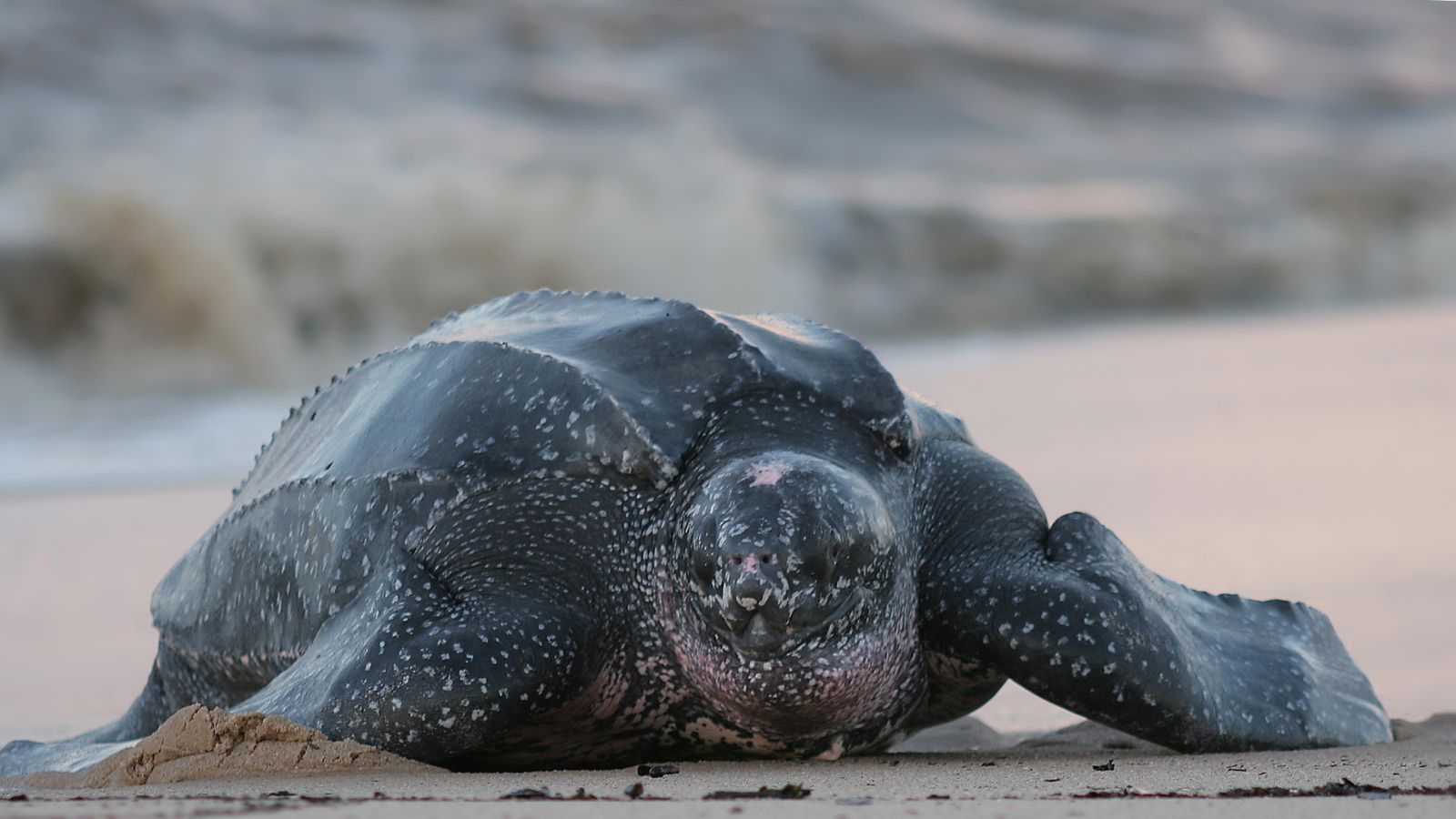
There are also certain health complications to be aware of. According to VCA Hospitals, the most common of these include “Vitamin A deficiency, respiratory diseases, abscesses, shell infections, and parasites.” Regular vet checkups are crucial to managing these issues. If your turtle is moving sluggishly or has lost its appetite, these are signs that it might be sick.
Temperature Control

You’ll also need the water to be between 78 and 80 °F to keep your turtle comfy. Turtles are cold-blooded animals (ectotherms) that need extra heat sources, without which they become sluggish and dysfunctional. Basking areas have to be about 20°F warmer than the water temperature on average, too.
Lighting
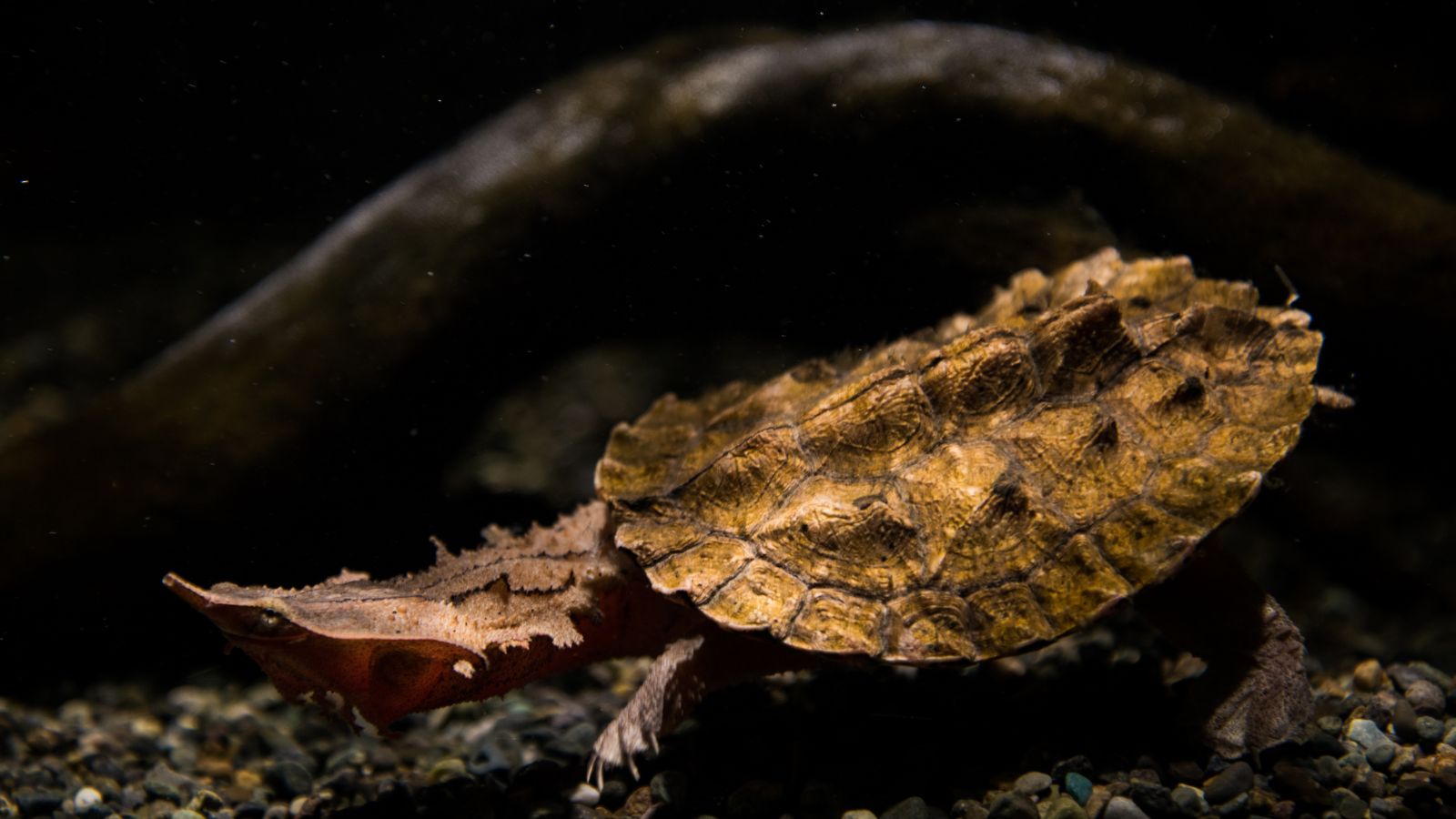
Regardless of any arguments, note that both UVA and UVB lights come with benefits of their own. UVA lighting is the natural lighting turtles are exposed to in the wild, which helps improve their breeding and activity levels, while UVB lighting is crucial for calcium absorption and shell health. Lighting, in general, should also be provided for 12 hours daily.
Hydration
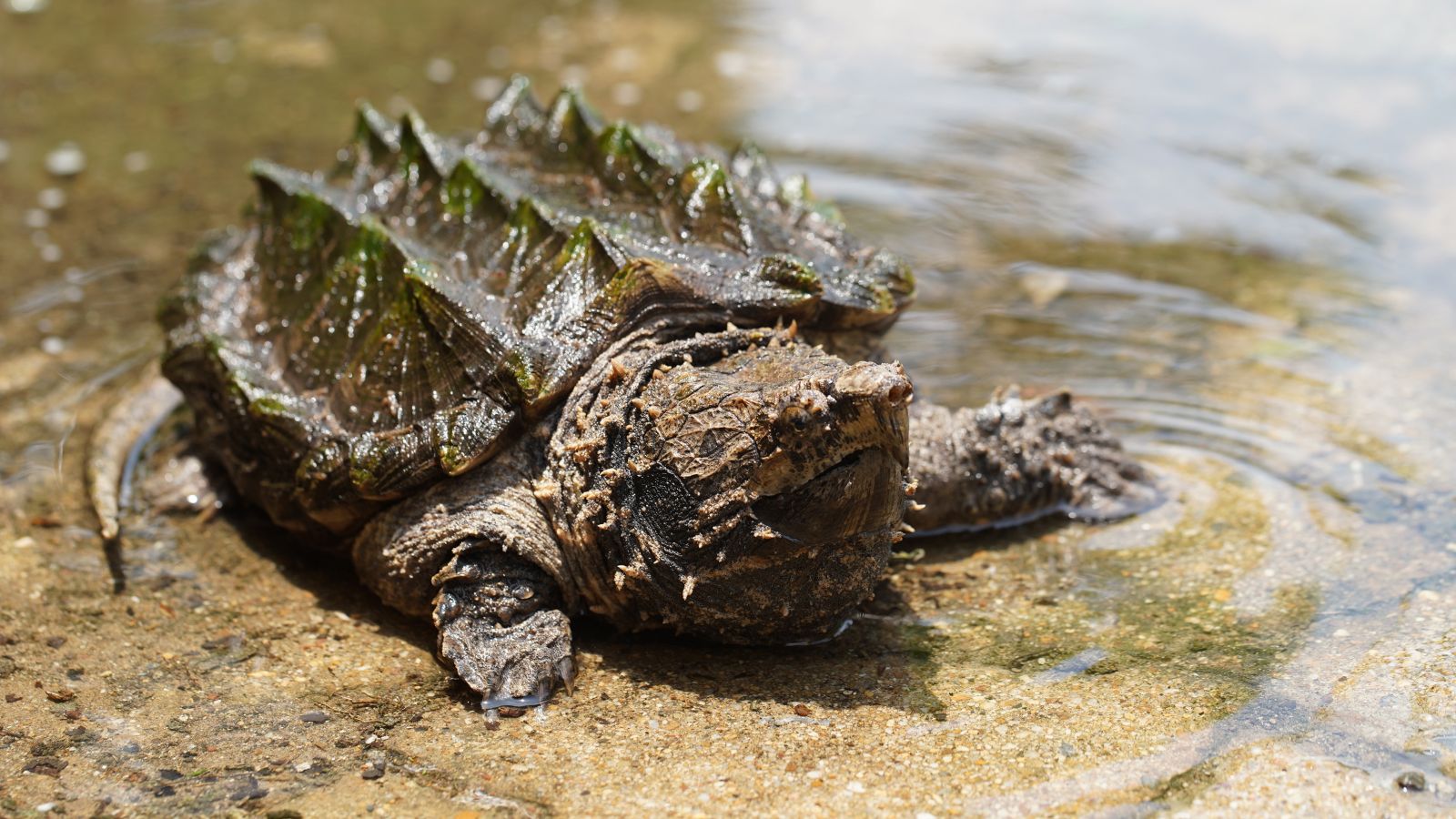
Aquatic turtles don’t need separate drinking water, as they can easily drink what they swim in or absorb it through their skin. However, for pet tortoises, you’ll need to ensure that yours has access to a clean bowl of fresh water at all times and that its habitat is misted to maintain adequate humidity.
Water Quality

Turtles also need to live in clean, filtered water that’s changed regularly to prevent illnesses. As a rule of thumb, tap water is just fine, and you’ll need to change what’s in the tank partially once a week and fully once a month. The Spruce Pets advises feeding outside the water and choosing the biggest tank possible.
Handling and Interaction
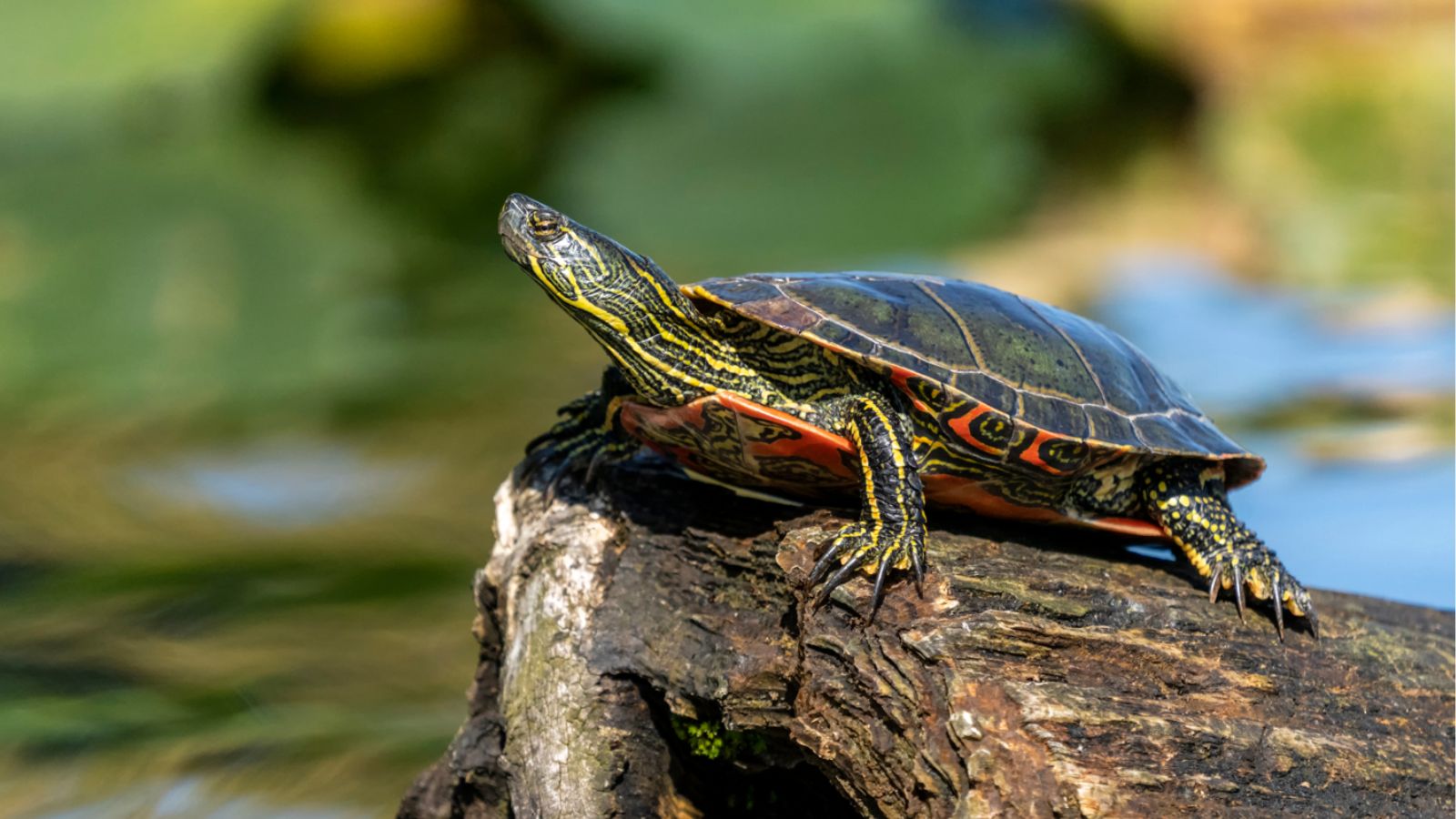
Turtles generally do not enjoy being handled, even by someone who takes care of them. If you do want to handle one, though, place it on a hard surface facing you and wait until it’s calm (and safe) before interacting with it. You’ll also need to wash your hands to avoid transmitting diseases.
Enclosure Maintenance
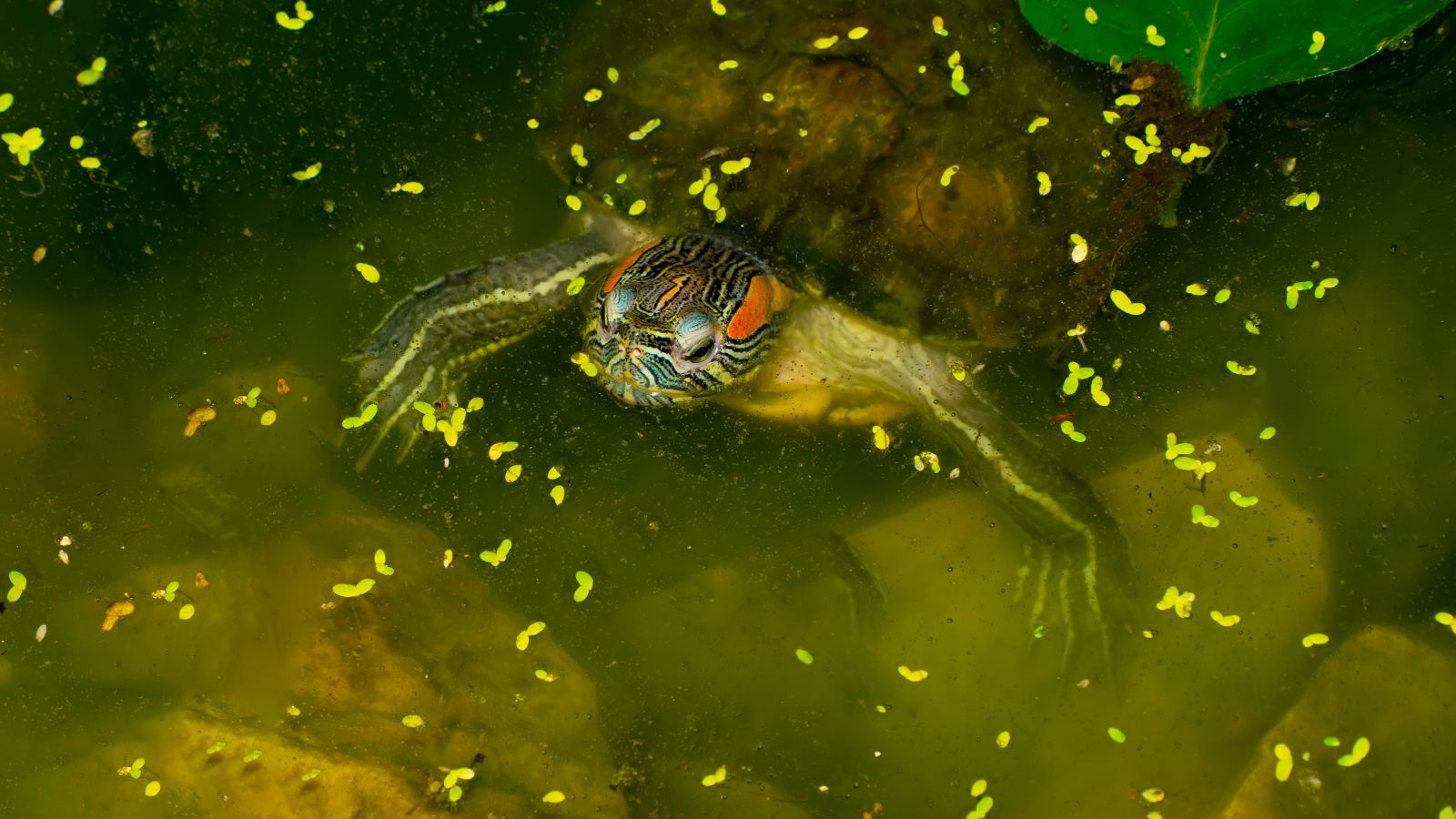
As mentioned earlier, in addition to regularly changing water, you’ll also need to check for nitrates and test the water’s pH levels. Ensure the pH is slightly alkaline, between 7.4 and 8.0; remove uneaten food to prevent harmful bacteria growth; and also fix any damage to the habitat immediately.
Social Needs
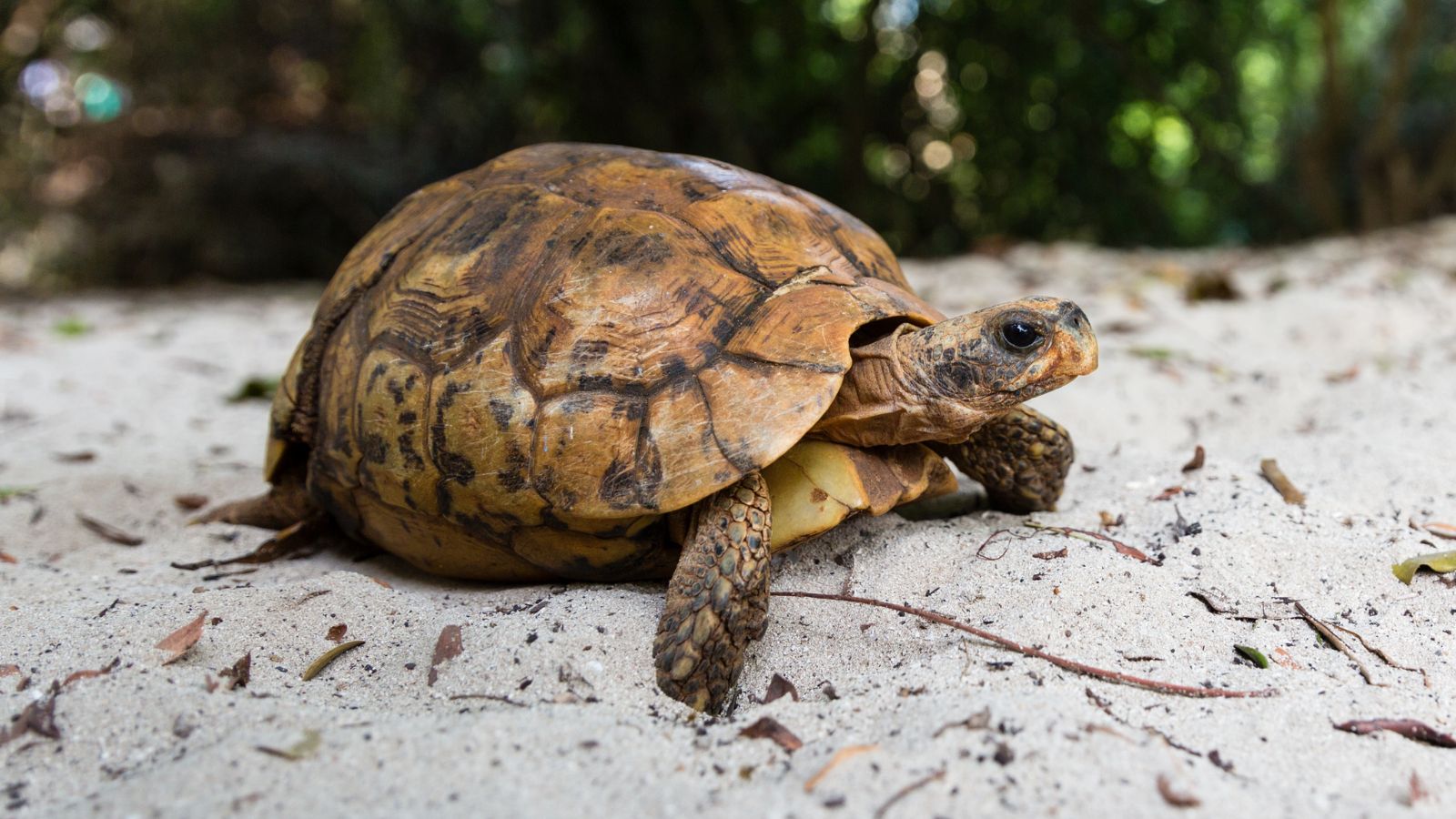
The RSPCA explains that turtles are not social animals and typically only interact with each other out of necessity. Try not to mix them up to avoid aggression and even the spread of diseases. You also don’t need to give them as much attention or interaction as you do with cats and dogs (except for feeding and maintenance, of course).
Breeding

For your gravid turtles (i.e., turtles carrying eggs), there are extra care requirements to follow. You have to provide even more food and calcium supplements to compensate for what they lose during egg formation, and you should create a deep, sand-filled nesting area for the females to dig and lay their eggs.
Vacation and Absence Planning
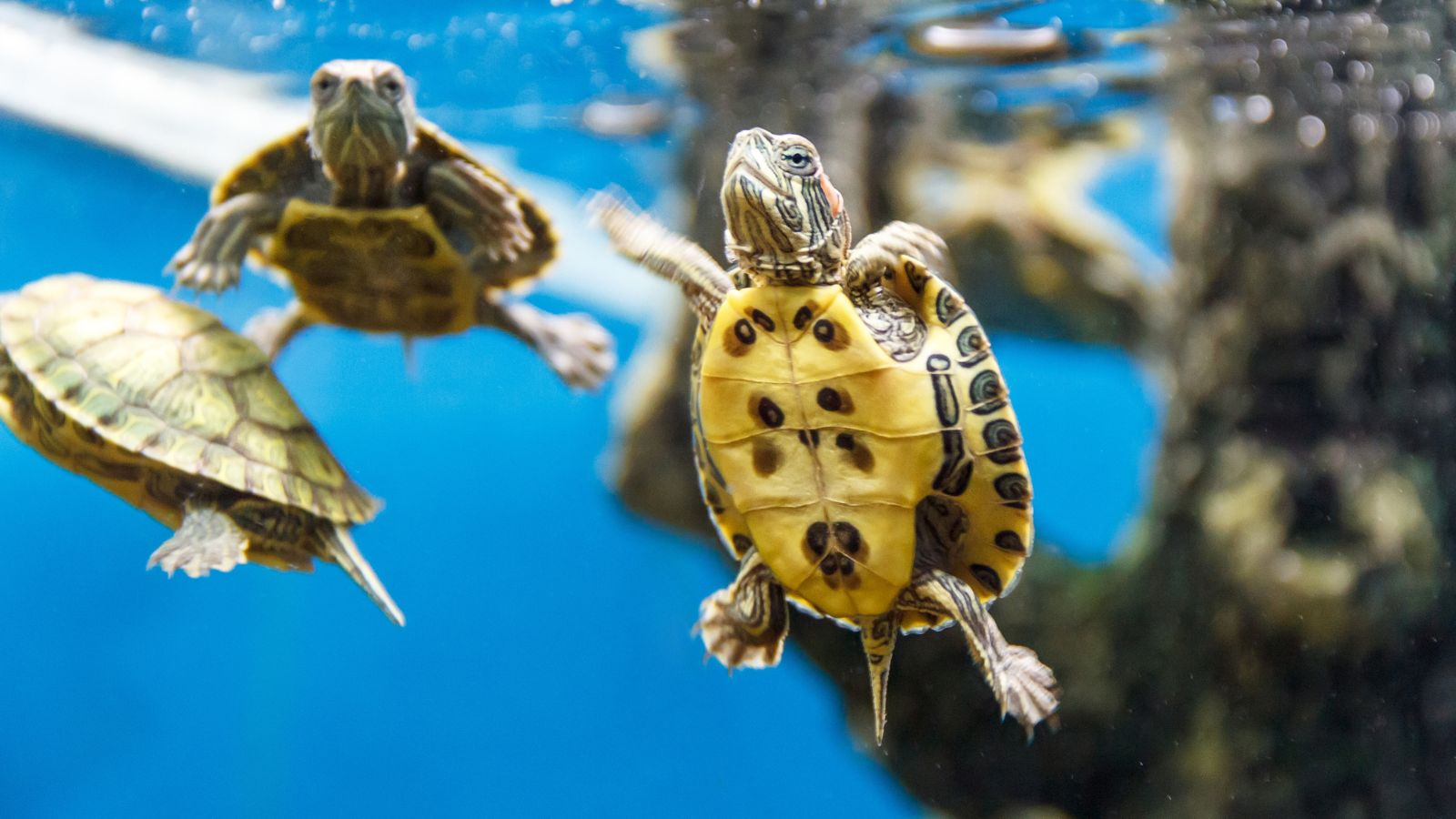
When you’re planning to go away, you’ll need to make arrangements for a knowledgeable caretaker to look after your pet turtle. This caretaker needs to understand your turtle’s specific requirements, and you’ll need a plan for emergencies (like getting the vet’s number ready) to manage issues better.
Your Costs
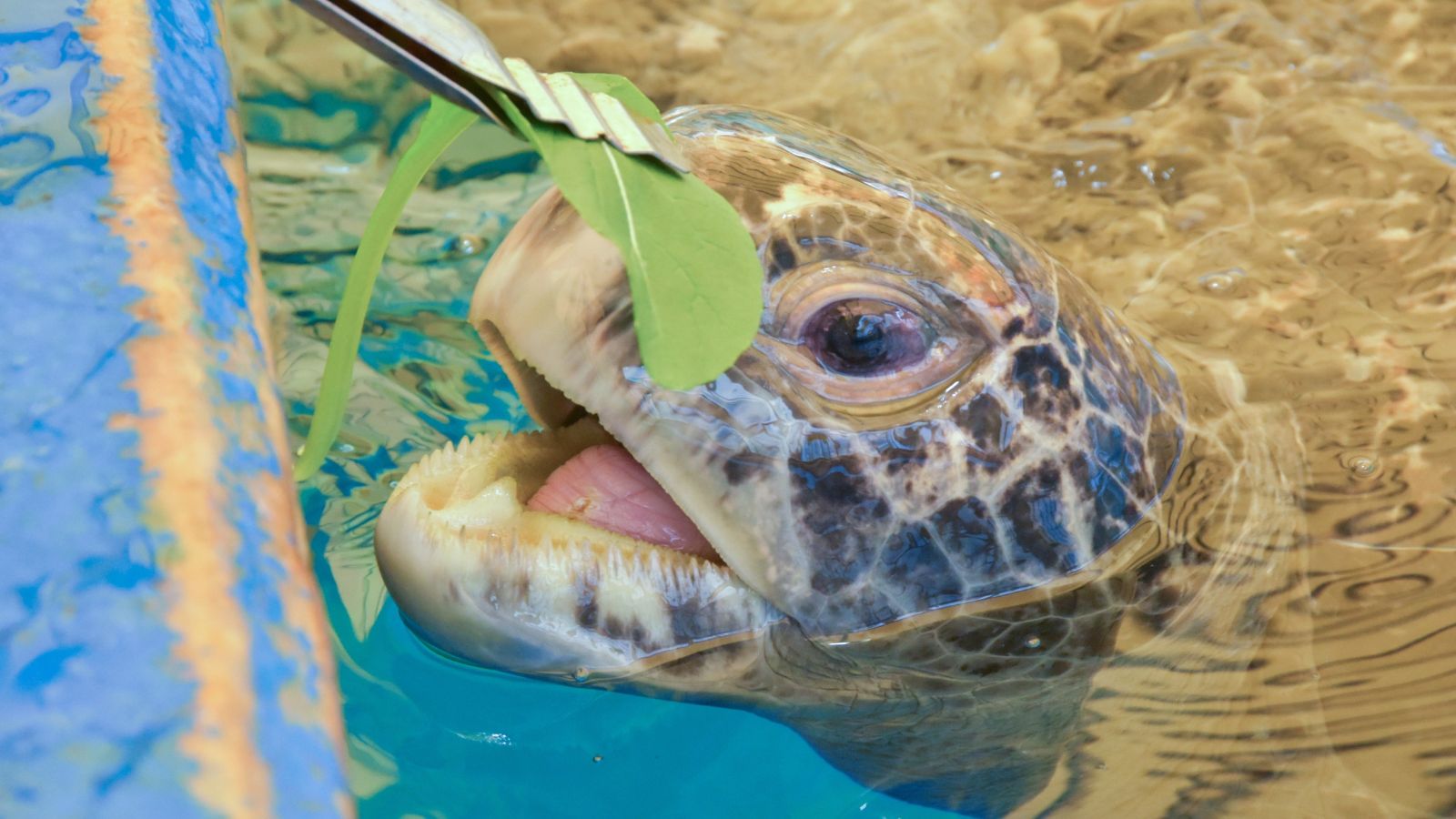
You should also know that pet turtles can get pretty expensive. In addition to the over £150 spent on acquiring your pet, you’ll also need £150 for an aquarium and about £300 to get a water filtration system. You’ll spend more money on heat lamps and recurring items like food, electricity, vet visits, and replacement filters.
The Risk of Salmonella Infection
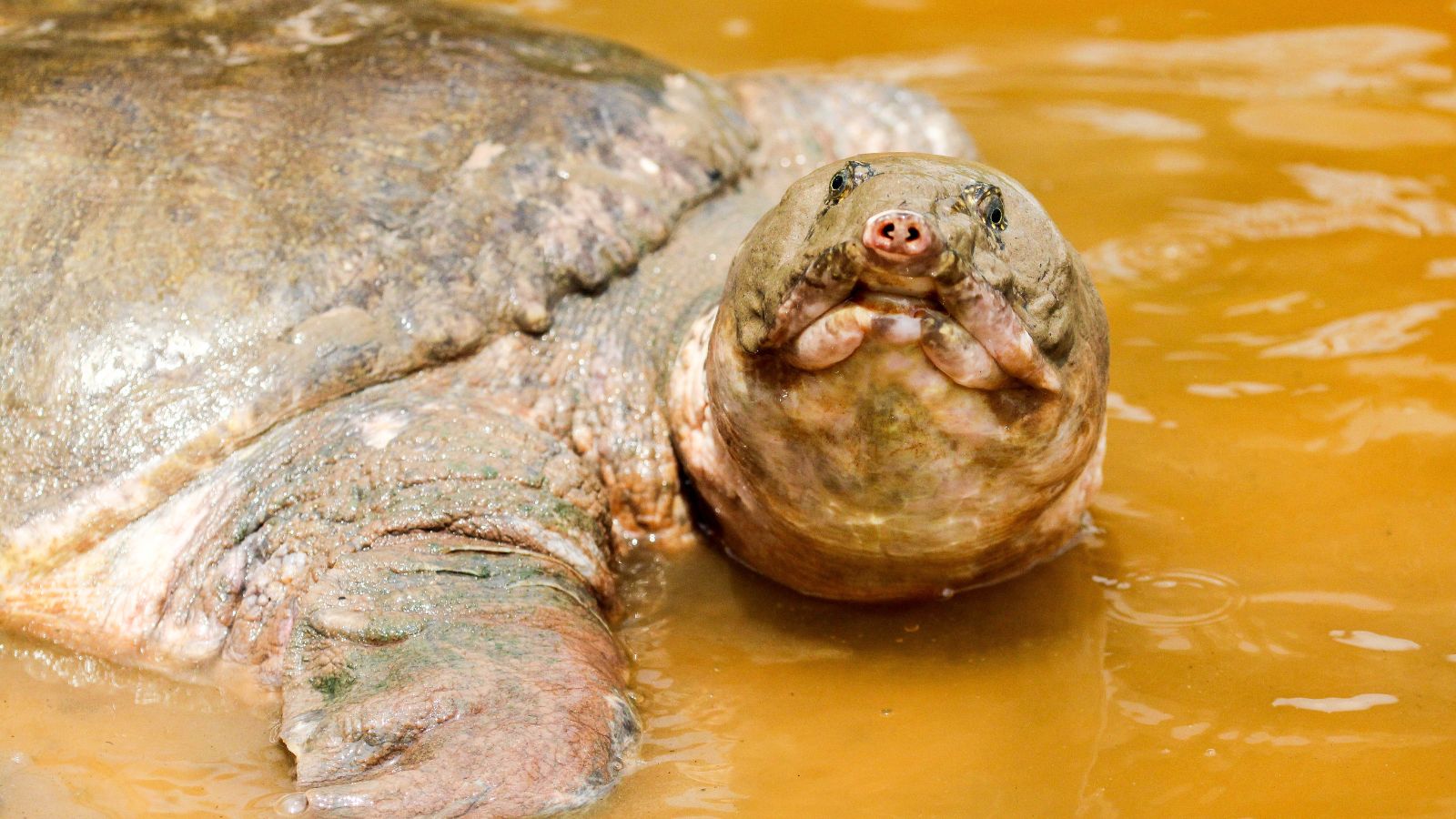
As the ADH shares, “turtles commonly carry bacteria called Salmonella on their outer skin and shell surfaces. Salmonella can cause a serious or even life-threatening infection in people.” Be careful when handling your turtle or cleaning its tank, as these animals can transmit Salmonella even if they appear clean.
Species Diversity and Identification

Finally, you must know that different turtles have different requirements, and what’s safe for one species may be detrimental to the health of another. This is why it’s important to learn all the specific requirements of the turtle species you choose to have, especially when it comes to its legality, habitat, and maintenance.
Up Next: 17 Phrases Older People Use That No One Else Gets

Each and every generation has its own phrases and sayings that separate it from the rest, and the boomers certainly have plenty. Discover 17 popular boomer phrases that aren’t often used today and what they mean. Maybe you’ll want to bring some of them back!
17 Phrases Older People Use That No One Else Gets
People Who Don’t Show Empathy Usually Have These 18 Traits

The world would be a better place if everyone had a little more empathy. But sadly, in reality, some people show much less empathy than we’d like. Here are 18 traits of people who don’t show empathy.
People Who Don’t Show Empathy Usually Have These 18 Traits
The 17 Unhappiest States in America

The US has hit an all-time low position in the World Happiness Index, tumbling to 23rd in 2024. However, it’s important to remember that location is an important factor; many US states are very happy, unlike the following 17 US states that appear to be the most unhappy.

